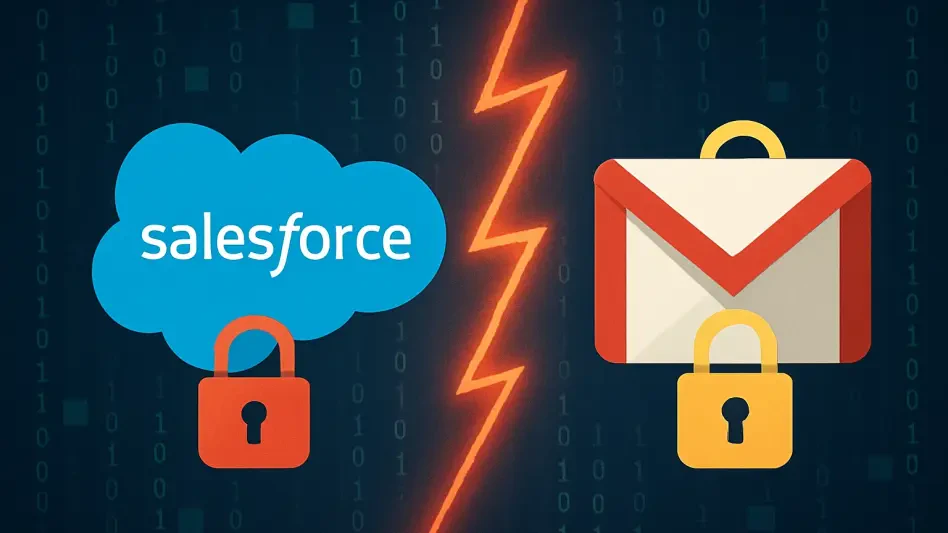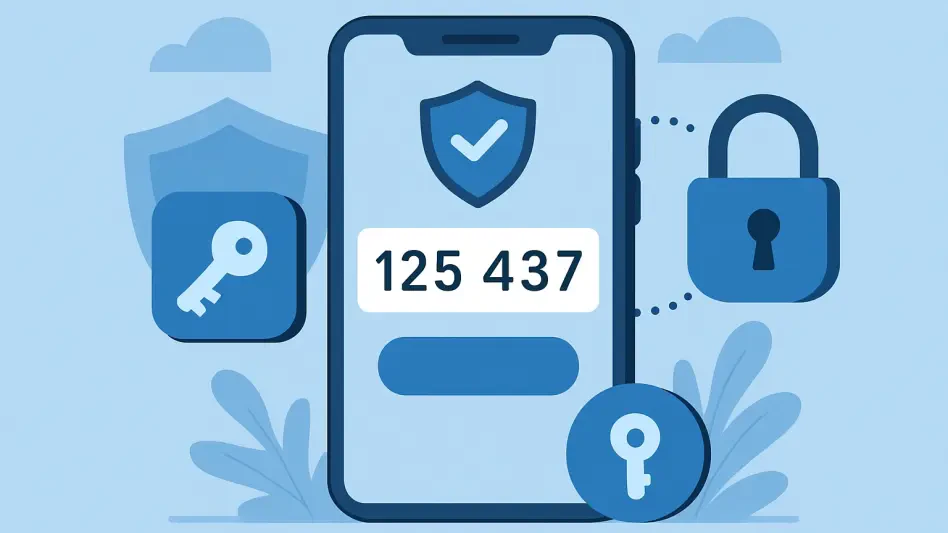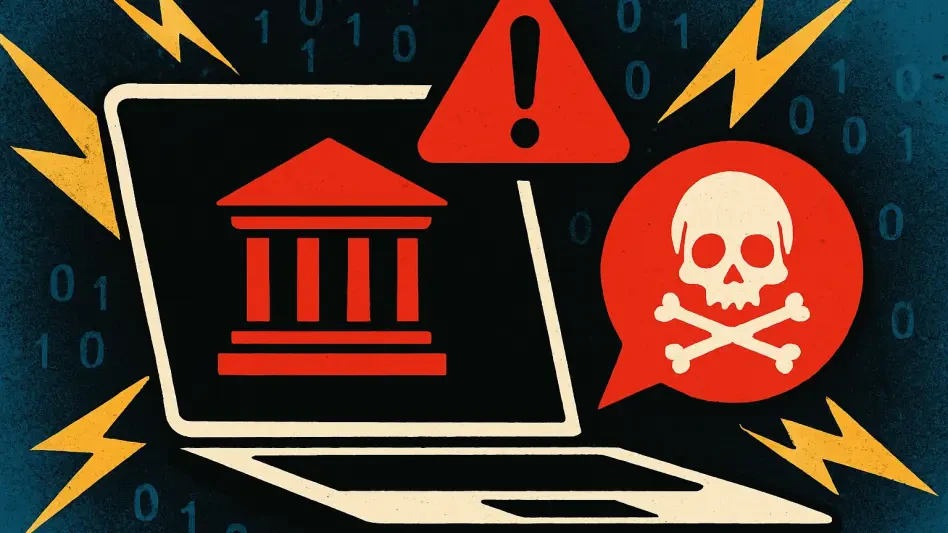In an era where digital communication underpins nearly every aspect of daily life, a recent security breach at Salesforce has unleashed a cascade of cybersecurity threats, prompting Google to issue an urgent warning to its staggering 2.5 billion Gmail users. Though Google’s infrastructure remains untouched by this incident, the breach at Salesforce—a leading cloud platform—has become a launchpad for sophisticated cyberattacks targeting Gmail accounts. This unsettling development serves as a stark reminder of how interconnected the digital landscape is, where a vulnerability in one system can jeopardize the security of users on entirely unrelated platforms. The ramifications of this breach extend beyond mere data loss, posing risks of identity theft, financial fraud, and business disruptions for millions. As cybercriminals exploit stolen information to craft convincing scams, the urgency for heightened awareness and proactive defense measures has never been clearer, setting the stage for a deeper exploration of this evolving threat.
The Nature of the Threat
Understanding the Salesforce Breach
The roots of this alarming situation trace back to a significant security breach at Salesforce earlier this year, where hackers gained access to what was initially described as basic business data. However, this seemingly innocuous information has been transformed into a powerful tool for cybercriminals, who have since launched a series of targeted attacks against Gmail users. Phishing emails, designed to steal login credentials, and other deceptive schemes have emerged as primary weapons in this campaign. Google’s Threat Analysis Group (TAG) first identified these malicious activities in June, with confirmed password-related intrusions surfacing by August. This rapid progression from breach to widespread attack illustrates the speed at which stolen data can be weaponized, turning a localized incident into a global threat. Gmail users, despite not being directly linked to Salesforce, find themselves in the crosshairs of these attacks, highlighting the far-reaching consequences of third-party vulnerabilities in today’s digital ecosystem.
Beyond the immediate tactics, the Salesforce breach underscores a critical reality about the nature of cybersecurity risks in an interconnected world. A single point of failure in one platform can send shockwaves across unrelated services, affecting millions who may not even be aware of their exposure. For Gmail’s vast user base, this means that personal and professional data are at risk, even if their accounts remain secure within Google’s systems. The stolen data provides hackers with enough information to craft highly personalized scams, increasing the likelihood of success. This situation reveals a broader trend: cybersecurity is no longer confined to the boundaries of individual companies but is instead part of a complex web where every link must be fortified. As these attacks continue to unfold, the incident serves as a wake-up call for both users and organizations to reassess their approach to digital safety, recognizing that no platform operates in isolation when it comes to security.
Interconnected Risks
The concept of interconnected cybersecurity risks has come to the forefront with the Salesforce breach, demonstrating how a flaw in one system can ripple out to impact users of entirely different services. Gmail users, numbering over 2.5 billion worldwide, are now vulnerable to threats that did not originate within Google’s infrastructure but rather from a third-party platform. Hackers leverage stolen Salesforce data to create convincing phishing emails or fraudulent communications, exploiting the trust users place in familiar services. This interconnectedness means that individual online safety is no longer solely dependent on the security measures of a single provider. Instead, it hinges on the collective resilience of an entire digital ecosystem, where a breach anywhere can become a threat everywhere. This dynamic challenges traditional notions of isolated security and emphasizes the need for a more holistic approach to protecting user data across platforms.
Moreover, the scale of Gmail’s user base amplifies the potential impact of such breaches, making it a lucrative target for cybercriminals. Even a small percentage of successful attacks can translate into millions of compromised accounts, leading to severe consequences like identity theft or financial loss. The Salesforce incident highlights a growing trend in cybersecurity: the cascading effect of data breaches, where stolen information from one entity is used to attack users of another. This reality places additional pressure on companies to not only secure their own systems but also to collaborate with others in the industry to mitigate risks. For Gmail users, the takeaway is clear—vigilance must extend beyond their immediate interactions with Google’s services to encompass a broader awareness of how data shared with third parties can be exploited. This interconnected risk landscape demands both systemic improvements and individual caution to prevent widespread fallout.
Evolving Cybercrime Tactics
Social Engineering and Vishing
One of the most troubling aspects of the cyberattacks stemming from the Salesforce breach is the reliance on social engineering tactics, particularly a method known as vishing, or voice phishing. In these schemes, hackers pose as IT support staff or other trusted figures, contacting individuals over the phone to extract sensitive information like login credentials. Unlike traditional cyberattacks that exploit software vulnerabilities, vishing targets human psychology, preying on trust and urgency to bypass even the most robust technical defenses. This approach has proven disturbingly effective, as it capitalizes on the natural inclination to assist or comply with seemingly legitimate requests. For Gmail users, this means that even strong passwords or secure systems can be undermined if personal information is unwittingly disclosed, illustrating the critical need for skepticism when dealing with unsolicited communications.
The rise of vishing and similar tactics marks a significant shift in the cybercrime landscape, where human vulnerability often proves to be the weakest link. Reports indicate that English-speaking branches of global companies are frequent targets, as hackers exploit linguistic and cultural familiarity to increase their success rate. This targeted approach adds another layer of complexity to the threat facing Gmail users, who may receive calls or messages that appear credible due to stolen data from the Salesforce breach. The success of these attacks underscores a broader trend: cybercriminals are increasingly focusing on psychological manipulation rather than purely technical exploits. Addressing this challenge requires a dual strategy of enhancing user education alongside technological safeguards. Teaching individuals to recognize and resist suspicious interactions is just as vital as updating security protocols, as the human element remains a pivotal factor in preventing unauthorized access.
Beyond Technical Exploits
While technical defenses like firewalls and encryption remain essential, the Salesforce breach has exposed how cybercriminals are moving beyond these barriers to exploit human error. The use of social engineering tactics, such as vishing, demonstrates a sophisticated understanding of behavioral psychology, where attackers manipulate emotions like fear or urgency to achieve their goals. For Gmail users, this means receiving phone calls or emails that appear urgent or authoritative, often referencing specific details gleaned from stolen data to build credibility. These attacks are difficult to detect through traditional security software, as they do not rely on malware or hacking tools but on convincing a person to act against their better judgment. This evolution in cybercrime tactics reveals a critical gap in current defenses, where the focus on system security must be matched by efforts to strengthen user awareness and resilience.
Furthermore, the shift toward exploiting human trust rather than technical flaws signals a long-term trend that could redefine cybersecurity priorities. The Salesforce breach serves as a case study in how stolen data can be repurposed for deception on a massive scale, particularly against a platform as widely used as Gmail. Hackers are not just breaking into systems; they are breaking into minds, using carefully crafted narratives to extract valuable information. This reality places a renewed emphasis on training programs that teach individuals to question unexpected requests for sensitive data, whether through email, phone, or other channels. Companies must also adapt by integrating behavioral analysis into their security frameworks, identifying patterns of manipulation before they result in breaches. For Gmail users, the lesson is to remain cautious of any communication that seems out of the ordinary, as the next call or message could be a cleverly disguised attempt to compromise their security.
Key Players and Wider Implications
The Role of ShinyHunters
Behind the wave of attacks following the Salesforce breach stands ShinyHunters, a notorious hacking group with a well-documented history of targeting high-profile corporations. Known for breaches at companies like Microsoft and Ticketmaster, this group has built a reputation for stealing vast databases and selling login credentials on underground forums. Their involvement in the Salesforce incident adds a layer of severity to the threat, as their track record suggests a high likelihood of further exploitation. Plans to potentially launch a data leak site or auction stolen information could amplify the risks for Gmail users, who may face increasingly personalized phishing campaigns crafted from the compromised data. ShinyHunters’ actions exemplify the growing audacity of cybercriminals, turning breaches into opportunities for profit and coercion on a global scale, with Gmail’s massive user base squarely in their sights.
The presence of ShinyHunters in this incident also highlights the persistent challenge of combating organized cybercrime. This group operates with a business-like approach, treating stolen data as a commodity to be sold or leveraged for ransom, which extends the lifecycle of a breach far beyond the initial intrusion. For Gmail users, the implications are dire, as even a small portion of the stolen Salesforce data could be used to craft convincing scams tailored to specific individuals or organizations. The group’s ability to adapt and target vulnerabilities across industries underscores the need for continuous vigilance and international cooperation to disrupt their operations. As ShinyHunters continues to exploit breaches like the one at Salesforce, the cybersecurity community faces an uphill battle to stay ahead of such determined adversaries, whose actions threaten millions of users across platforms with no direct connection to the original target.
Broader Cybersecurity Trends
The involvement of groups like ShinyHunters in the Salesforce breach reflects a troubling trend in cybersecurity: the commodification of stolen data as a tool for profit and manipulation. Cybercriminals are no longer content with merely accessing systems; they now aim to maximize the value of their loot by selling it on dark web marketplaces or using it for targeted attacks. For Gmail users, this means that data stolen from an unrelated platform can become the foundation for sophisticated scams, such as fake emails or fraudulent calls that appear legitimate. This trend of data commodification illustrates the growing sophistication of cybercrime, where breaches are not isolated events but part of a larger economy of exploitation. The scale of potential harm is staggering, as even a single piece of exposed information can be repurposed to deceive countless individuals across different services.
Additionally, the broader implications of this incident point to an urgent need for a collective approach to cybersecurity. The interconnected nature of digital platforms means that a breach at one company can have cascading effects, impacting users who have no direct relationship with the affected entity. Gmail’s vast user base becomes a prime target in this scenario, as hackers exploit stolen data to craft attacks with global reach. This reality challenges the traditional view of security as a siloed responsibility, pushing for greater collaboration among tech companies to share threat intelligence and best practices. At the same time, it places a burden on users to adopt proactive measures, such as enabling two-factor authentication (2FA) and regularly updating passwords. Looking back, the response to the Salesforce breach by Google and others marked a pivotal moment, urging a shift toward systemic resilience and individual caution to navigate the evolving threats of the digital age.








